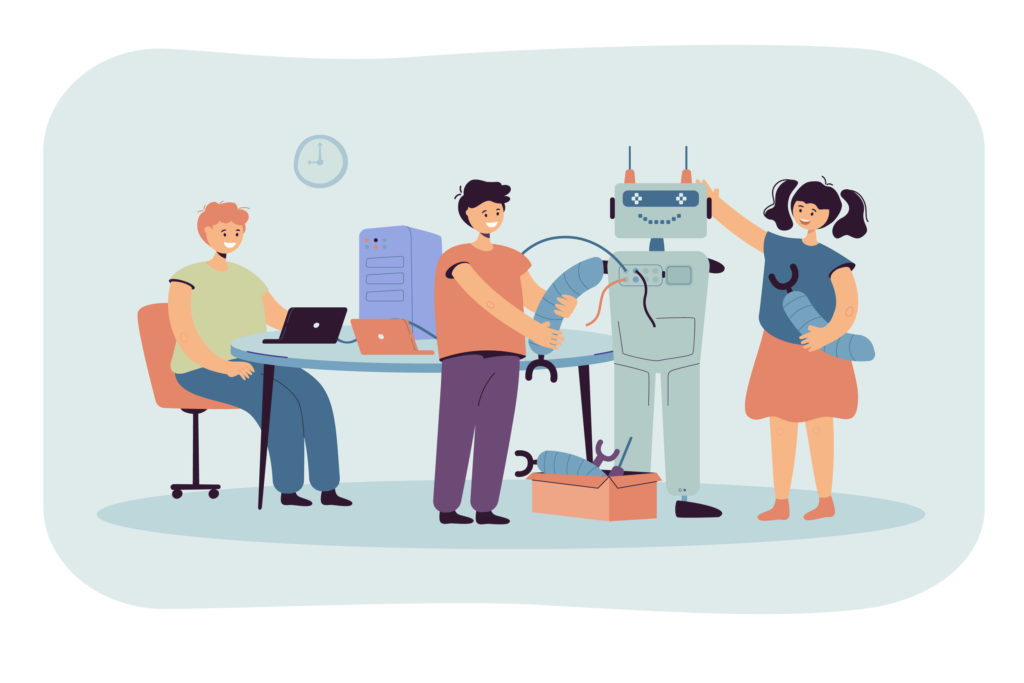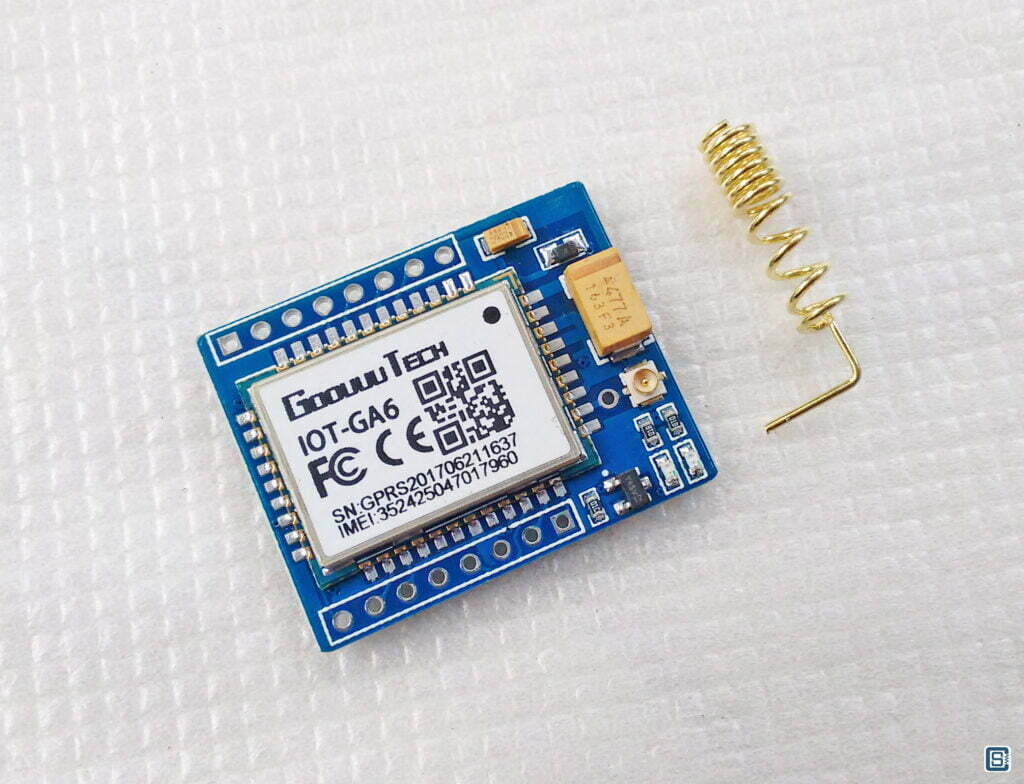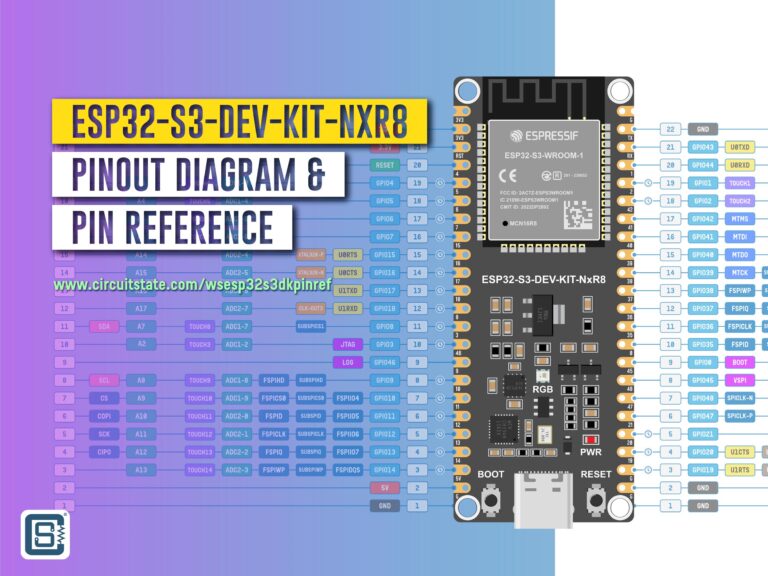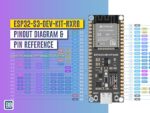CIRCUITSTATE Maker Incentive Programme 2021
Maker Incentive Programme 2021 is CIRCUITSTATE's initiative to expand the open knowledge base by financially supporting individuals passionate about electronics and computer programming.
Are you a maker with passion for electronics and computer programming? Do you spend long hours learning and building unique solutions to everyday problems? Then congratulations, for having the curiosity and creativity within you. The world we are living today is built by a few people like you, for the benefit of everyone. Creating anything requires intelligent thinking and consistent effort; and that’s not easy. The time you spend, the effort you make, and the compromises you make elsewhere to get your design done, come with the pleasure of seeing it working like a charm at the end. That feeling, the knowledge and experience you have just gained are priceless. But feelings can’t feed us. We need money for that. If you have a full-time job and you work on the Arc Reactor design on your free time, then money won’t be something you will bother about. But there are so many individuals without a full-time job but are doing freelancing, or students who wants to earn something to pay their fee or hobbyists that are looking to make some extra income. All of them only have their curiosity for learning and creativity to sell in return for money.
If you’re such a person, we have a good news for you. CIRCUITSTATE Electronics is launching our Maker Incentive Programme 2021 to aggregate knowledge and incentivise content creators like you. Through this program, we plan to expand the knowledge base of CIRCUITSTATE with high quality articles, tutorials and projects, and at the same time help creators like you by paying for what you do.
How does it work?
- You write articles or build electronics related projects and prepare the documentation in a format that meets our quality guidelines.
- You send us the article or documentation for review to our mailbox at submissions[at]circuitstate.com.
- We read and review the article to determine if it meets our quality expectations. If it does not meet the quality we require, we will reject the submission and request you to improve it.
- If a submission is accepted, we pay you in return for your permission for us to publish the article/project with the attribution given to you.
- You will remain as the original author of the content you create and we will give attribution wherever and whenever possible.
- You will not have to enter into any long-term agreements with us to participate in this programme. You will grant us permission to publish only on the basis of each submission.
- There is no obligation to publish a minimum number of articles for a given time period. You can do it whenever you want.
We have two schemes for incentivizing you. The amount we pay depends on the type of submission you make, the quality of the content and how frequent you make new submissions. We have deviced the schemes in a way that the more regular you create new projects and articles, the more incentive you will receive. See the two schemes below.
Rs.1000+
Paid for each non-exclusive submissions
These are submissions that you can also post anywhere else in any format you like. You can post your projects to instructables, Hackster.io, your personal website or anywhere. Rs.1000 is the minimum we will pay for each submission.
Rs.2000+
Paid for each exclusive submissions
These are projects or articles you write exclusively for us. You should not publish this anywhere else by yourself. This scheme is to ensure we have unique and original content for our readers. Rs.2000 is the minimum we will pay for each submission.
You should let us know in advance if you plan to write an excusive article for us. We have to check if it meets the uniqueness criteria we are looking for. We might provide tools, components or other necessities for accomplishing the project, if accepted. We will accept an exclusive submission only through this process. For non-exclusive submissions, you do not have to let us know prior to start building it. But we would appreciate if you could do that. Communicating with us is important to create mutual understanding. All communications will take place over mail. Once we have accepted your style and quality of content, it will be easier for us to accept your new submissions.
In addition to the basic minimum amount we will pay, you will also receive bonus amount depending on the uniqueness and quality of submission. We will determine the bonus amount after reviewing the content. But we also have fixed bonuses for those who submit regularly. It is as follows,
- 10% extra of basic minimum, for a submission every three weeks.
- 15% extra of basic minimum, for a submission every two weeks.
- 20% extra of basic minimum, for a submission every week.
For example, say you submit your first non-exclusive project this week. You will be paid Rs.1000. If you submit your second article on the same week or the next week, you will get an additional 20% of the basic minimum amount, which is Rs.1200. If you submit your second article only after two weeks, but before three weeks, you will only receive 15% extra, which is Rs.1150. If the second article is submitted only after three weeks, you will receive 10% extra, which is Rs.1100. If you do not submit an article for 6 consecutive weeks, you will not receive anything extra when you submit an article after it. Same for exclusive submissions.
The idea is to keep you busy building projects and writing. The amount we plan to pay may not be the best you can get for what you do and we understand that. We would definitely consider increasing it as we grow.
Content Quality Guidelines
What is a quality content you might wonder. Quality is a broad term and depending on where you apply it, it has many definitions. Following are some of our guidelines for writing great quality content.
Original Content
This is obvious. The content you submit must be your original work. Stealing it from someone else and pretending to be the author of it is unacceptable. We may not be able to verify the authorship of every content you submit, but we will try our best. Being original is the key to improvement and earning respect. Accidental and unintentional similarities are acceptable as they are just natural.
Easy Language
Submissions should be in English and we might also accept other languages if necessary. What you write should be easy to read and understand. Write in a manner that you can best convey your ideas and explanations about what you have created. Do not worry, we are not going to run a Flesch-Kincaid readability test on your content. You can maintain your natural way of explaining things. A little humor wouldn’t do any harm either 😉
Neat Organization
Your content should be neatly organized into steps, categories, sections or blocks or whatever that is applicable. For example, if you are describing how to assemble or teardown something, it is best to describe them as steps. If it is a hardware project involving PCBs, you should have separate sections explaining the schematic, PCB, wiring etc.
Source Code
If there is a source code as part of your project, it should be properly formatted with right indentations. You should also individually explain code snippets if they’re not intuitive enough for a first-time reader. See a code snippet below.
inline void ptScheduler::timeElapsed() {
uint32_t timeDelta = uint32_t(micros() - entryTime);
elapsedTime += uint32_t(timeDelta - prevTimeDelta);
prevTimeDelta = timeDelta;
}You can keep your code at GitHub if it is large, and only explain the most crucial sections that require extra comment.
High Resolution Images
There should be at least one image and all images should have a native resolution of at least 2500px on either side. If you are creating block diagrams, flow charts etc., it would be better to design them in vector formats and exporting as PNG at the end. This will maintain quality while reducing file size.
You do not need a DSLR to capture real images. Today’s phone cameras are as good as an entry level DSLR. Make sure you take the snaps in well-lit environment to reduce noise. Other things to take care of are framing, focus and angle. Shaky, blurry, pixelated, out of focus or disproportionate images won’t be accepted. Photography is an art and we won’t be able to explain to you everything here. But you can always improve it by keep experimenting. We might edit your images or use them to create a feature image for the article. Below is an image captured with Motorola Moto G2 with an 8MP camera, under natural lighting.
Detailed Explanation
We love insanely detailed documentation. There will be no limits to how well you can do this. One thing you should be aware of is creator’s bias. This is simply assuming the reader is also well-versed with what you are explaining about. This can cause you to miss important details that leave the reader with an incomplete picture of your description. Therefore, always explain something with an assumption that you are explaining it to a complete beginner. A good explainer is also a good learner.
Creative Commons
You might have illustrations or design files as part of your project. In such case, the original design files or other source files should be in creative commons domain with share-alike and attribute (CC-BY-SA) properties. This is to ensure that our readers get access to the source files that they can download and modify for their individual needs.
Attribution and References
If it is necessary to include content from another author, you should have obtained permission to use it, and add backlinks or proper attributions where it is applicable. It is important to respect other content creators in that way. A list of references can be added at the end of an article.
Topics
The topics can be anything related to electronics and computer programming. The project must use some hardware. Programming is optional. Some of the types of articles we would like to see are,
- PCB design projects where you implement some hardware solution on a dedicated PCB. You can explain the schematic, the PCB design process, assembling the components, testing and installing the PCB.
- Firmware projects where you have to write a program to implement an algorithm or a driver library for a hardware. You can explain parts of the code to show how it was written.
- Teardown projects where you take apart a device in order to find what’s inside and how it is assembled.
- Electronics tutorials where you explain the theory behind electronic devices and circuits. You can write this as a series.
- Practical applications tutorials where you implement some circuit on a breadboard or perfboard and test it for performance. There can be simulations as part of this.
Formats Accepted
You can send your write up as Text (.txt), Markdown (.md), PDF or DOC (.doc). Markdown has the advantage of being simple text, but also supporting formatting. Git would also be recommended for such text based files. All images and assets should be compressed as a ZIP archive and include a version number to your documents so that we can keep track of the changes.
FAQ
- What happens if you publish an exclusive article somewhere else without CIRCUITSTATE knowing?
We can’t do anything else in that case except not to accept any new articles from you. We are not going to come after you. - Do you suggest ideas or topics?
We do not provide any idea suggestions for non-exclusive articles. The author must come up with a unique subject they have interest in and should study about it thoroughly. For exclusive articles, we might ask you to write about something particular if we believe you have the potential for doing it with a good track record.
We don’t know how many articles to expect, but we are excited to find out how many of are you going to be interested in this. Bring your best here. All the best 🤘
Team,
CIRCUITSTATE Electronics






